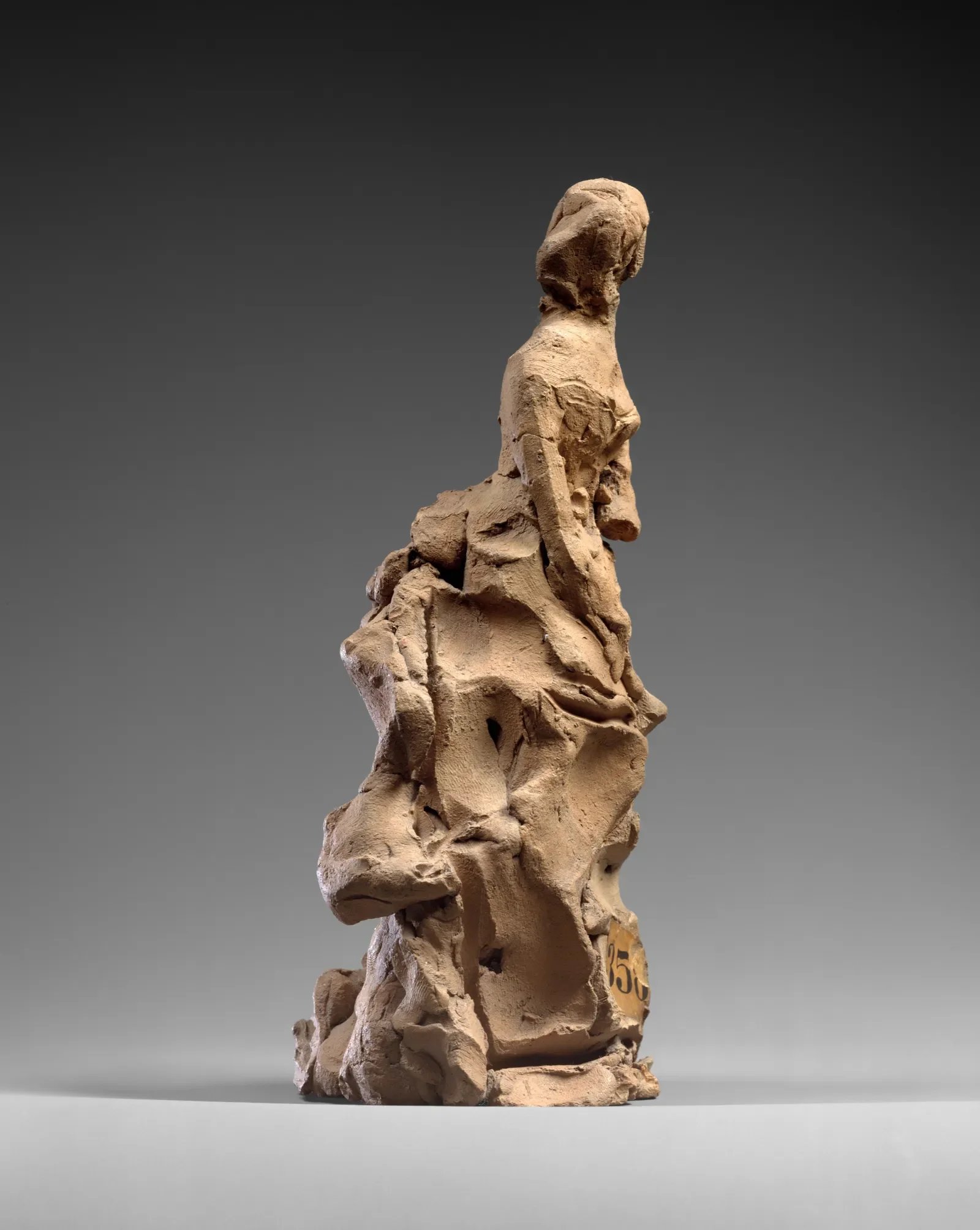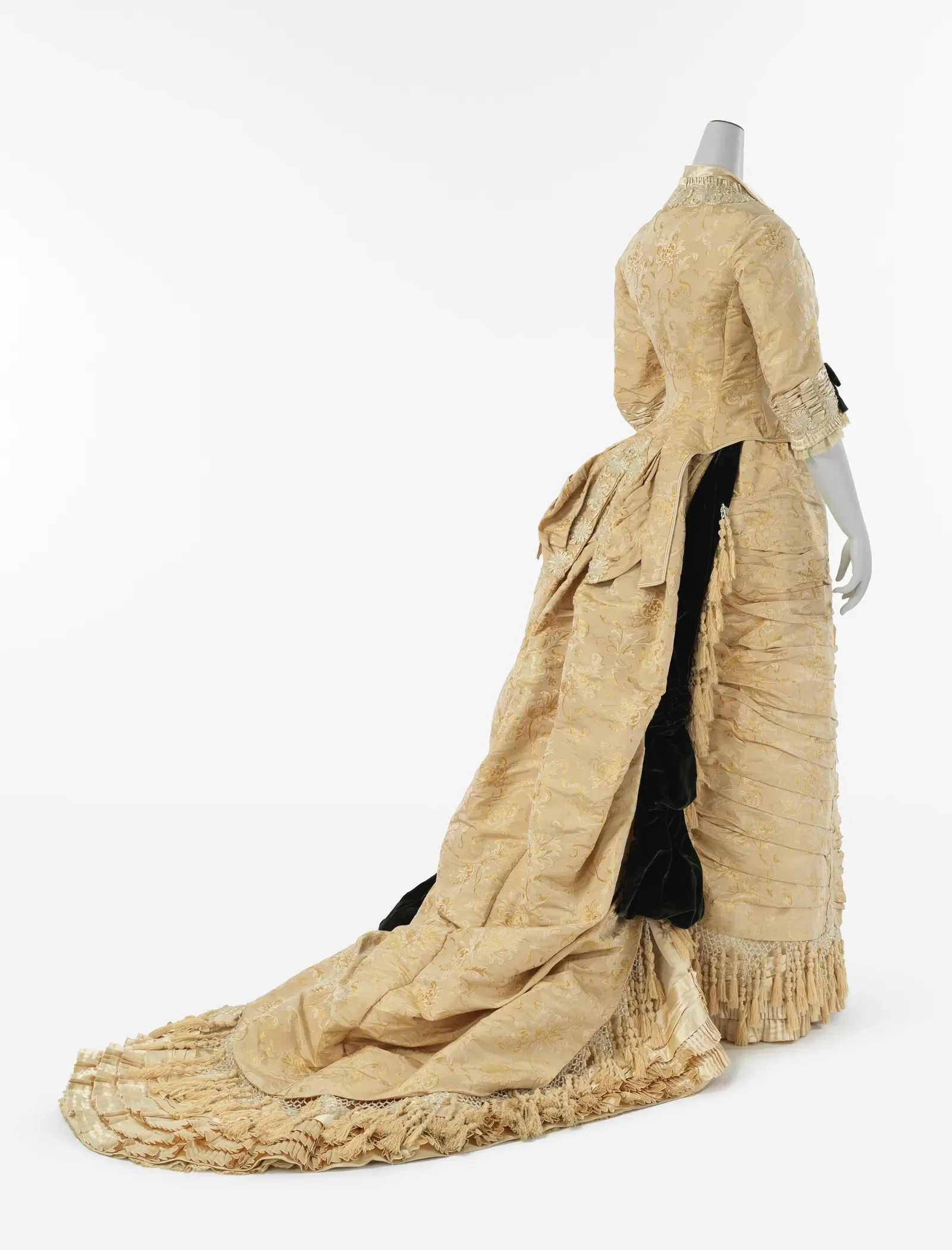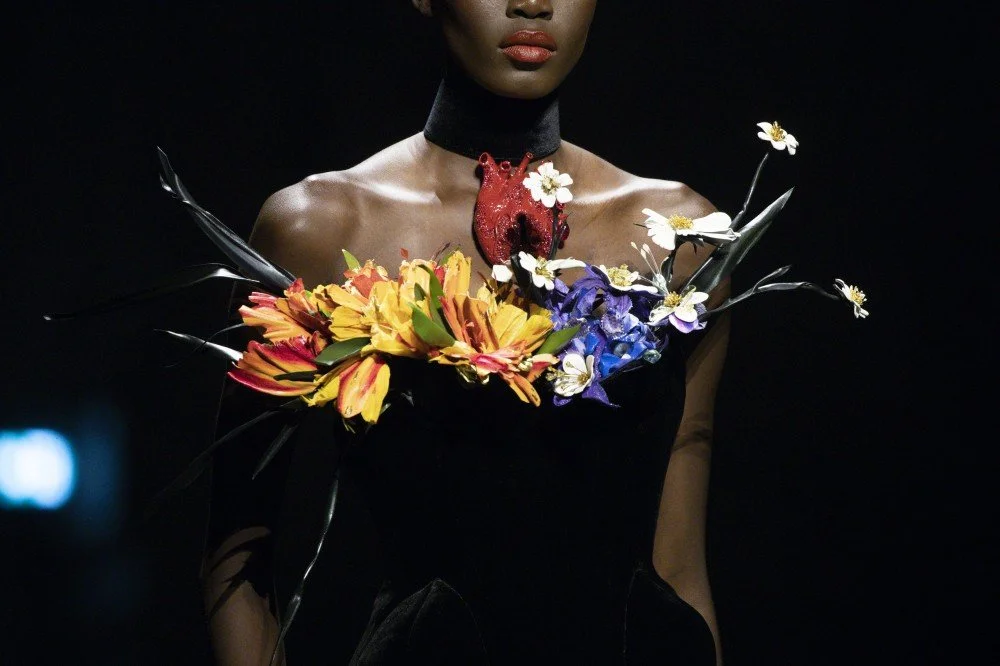From Gallery to Great Hall: Costume Art to Redefine Fashion’s Museum Role
Terracotta statuette of Nike / “Delphos” gown by Fortuny, 1920s; Photo: Anna-Marie Kellen © The Metropolitan Museum of Art
In 2026, The Metropolitan Museum of Art will do more than unveil its annual spring fashion exhibition—it will redraw the map of where fashion sits within the museum’s architecture, collections, and intellectual priorities. On May 10, The Met will debut Costume Art, a cross-collection exploration of the dressed body, timed to inaugurate the Museum’s expansive new Condé M. Nast Galleries, located directly adjacent to the Great Hall.
For a museum that has spent over a century defining, defending, and expanding fashion’s role, this move is more than logistical. It is symbolic: fashion is stepping into the centre of the Museum, both physically and conceptually.
Curator Andrew Bolton has long gravitated toward themes that challenge fashion’s perceived boundaries—technology, identity, the supernatural, craft. With Costume Art, he returns to fashion’s most elemental dialogue: the body it animates, conceals, idealises, or negotiates.
The exhibition asserts that the “dressed body” is not a niche concern but one of Western art’s most enduring subjects. By pairing garments from The Costume Institute with objects spanning ancient sculpture, Renaissance painting, 19th-century textiles, and contemporary art, Bolton collapses conventional divides between media, period, and discipline.
Crucially, this is not a showcase of fashion’s visual spectacle—a common trap for blockbuster exhibitions. Instead, Costume Art emphasises materiality and embodiment, asking visitors to consider not only what they see, but how the body is felt, shaped, and conceptualised through dress.
The thematic “bodies” that structure the show range from the familiar (“Naked Body,” “Classical Body”) to the less represented (“Pregnant Body,” “Ageing Body”). Their juxtaposition prompts a broader question: if art history has long idealised the body, how might the clothed body complicate, contradict, or extend those ideals?
Perhaps the most radical gesture of Costume Art is its venue. The new Condé M. Nast Galleries, nearly 12,000 square feet, elevate fashion from a downstairs niche to a site of immediate prominence. In museum choreography, proximity to the Great Hall is not cosmetic; it signals curatorial priority.
Bolton’s exhibition arrives at a moment when institutions are actively rethinking fashion’s role, just as the Louvre opened its landmark Louvre Couture. Where the Louvre traced couture’s affinities with decorative arts and historical lineage, Bolton takes a different path: he positions the clothed body itself as the museum’s connective tissue. If the Louvre shows how couture converses with objects, The Met argues that dress converses with—and reshapes—our understanding of the body in art. Together, the exhibitions mark a broader institutional shift, yet their curatorial logics diverge: one object-led, the other body-led.
Bolton has long suggested that fashion belongs inside the museum’s dialogue, not on its margins. With Costume Art, that idea becomes visible: clothing now shares the same stage as painting, sculpture, and decorative arts, claiming its place both in space and in thought.
Costume Art will run May 10, 2026 – January 10, 2027











